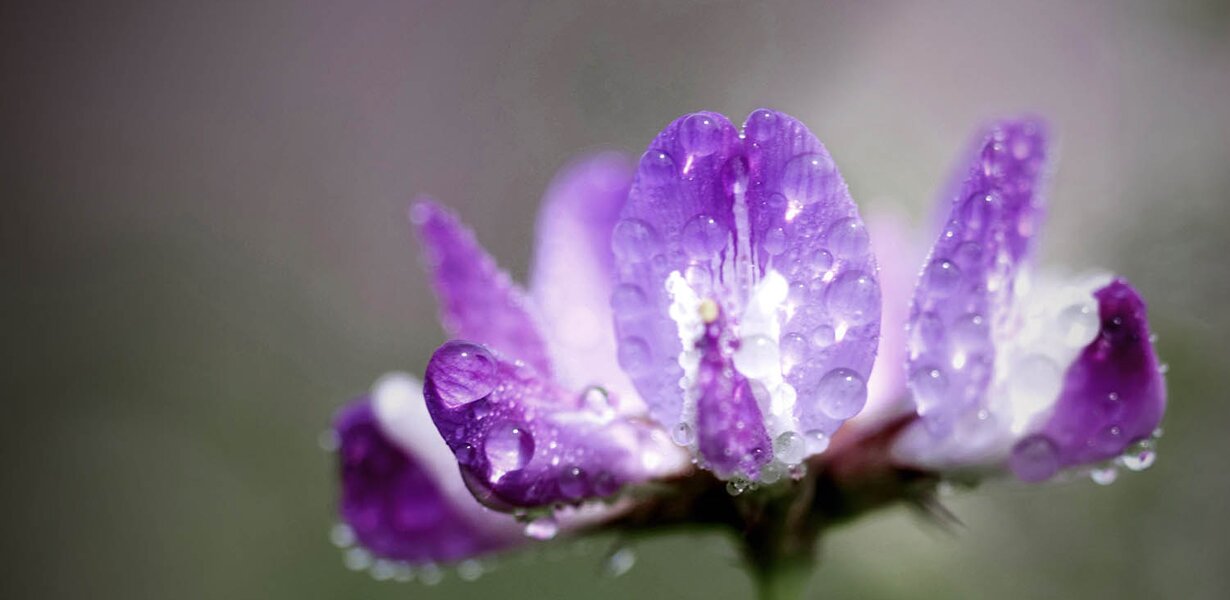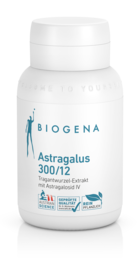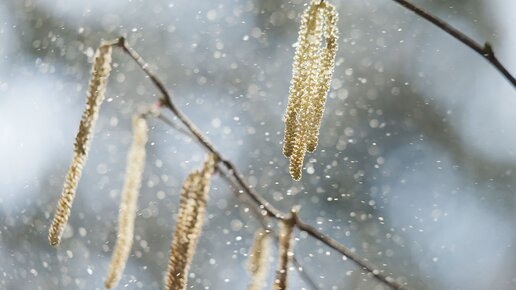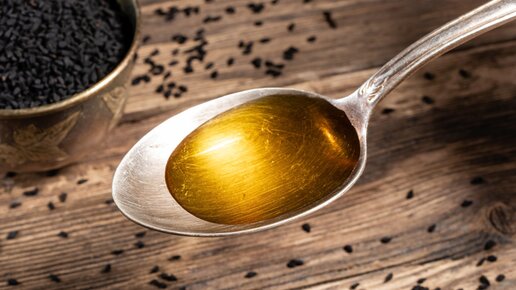Mongolian tragacanth (Astraglus membranaceus) is a classic of traditional Chinese teaching. As a revitalizing tonic and immunostimulant, the roots of the plant have a long history of use. Today, the West has also discovered the beneficial properties of this Far Eastern papilionaceous plant and uses the extract of its roots not only as a strengthening agent, but also for relief in the case of allergies, hay fever and other stress triggers. Our portrait of a traditional root that has proved itself even in modern times.
What is Astragalus?
Astragalus, also known as tragacanth, milkvetch, or Huang Qi, is a small herb-like plant with multicoloured flowers that belongs to the Papilionaceae family of plants. Among the approximately 3,000 Astragalus species, the Mongolian tragacanth (Astragalus membranaceus) stands out above all. Originally only found in northern China and Mongolia, Astragalus membranaceus can now be found in much of the northern hemisphere. As a revitalizing tonic and immunostimulant, the roots of the plant have a millennia-long history of application within traditional Chinese teaching. The plant gained recognition not least thanks to the appreciative words describing it as “Huang Qi” (in English: “yellow guide”) in the oldest Chinese herbal book. Via the Arab world, Astragalus membranaceus steadily made its way to Europe, where the 12th century herbalist Hildegard von Bingen, christening it with the German name “Bocksdorn”, likened the effect of the herb to tragacanth gum.
These ingredients can be found in the Astragalus root
Harvested when mature, Astragalus roots have a fascinating variety of interesting ingredients. Of particular note here is the specific mix of secondary plant substances – especially polysaccharides and astragalosides. The latter also include special saponins (foaming bitter substances), which are found exclusively in the Astragalus species and which are attributed with special properties. The root also contains important fatty acids, Aminoic acids and minerals, such as calcium, iron and selenium.
Traditional Chinese teaching and Ayurveda attribute these benefits to the Astragalus root
The Astragalus root is traditionally used in China to strengthen the defences and to improve the life energy, or “Qi”. The tonic (strengthening agent) is said to help exhausted people to allow their life force to flow freely through their body once again. Nowadays, the West also benefits from the beneficial plant power of Astragalus menbranaceus. As a natural adaptogen, Astragalus can improve our ability to adapt to stress triggers. In science, its immunomodulating effect has been the main focus of interest in recent years. Thus, Astragalus can harmonise our immune system by not only stimulating a weak immune system, but by also throttling excessive immune responses.
Astragalus for defence
Astragalus membranaceus has traditionally been used to strengthen the defences. Modern research now allows us to underpin the observational studies and learn more about the mechanisms operating in this plant. Research shows that Astragalus supports both our innate and acquired immunity. The plant-specific astragalosides contained in the root are thought to be responsible for this, among other things. Finally, the root also has a vitalizing impact via its immune-boosting effect.
Astragalus for hay fever and allergies
Astragalus membranaceus is known among herbalists not only for its immune-strengthening effects, but also for mitigating body defence overreactions to pollen and other allergens. A study of 48 hay fever patients showed that Astragalus actually has anti-allergic effects. During the pollen season, adults with allergic rhinitis took a preparation with Astragalus membranaceusroot extract as the lead substance for six weeks. It was shown that the intake led to the relief of allergic rhinitis, sneezing and itching, while the affected persons regained more quality of life. In order to arm the body against seasonal allergies, the Astragalus root extract should ideally be taken regularly a few weeks before the anticipated pollen flight.
Astragalus vs Ashwagandha – what differentiates these two adaptogens?
Astragalus and Ashwagandha are both traditionally proven natural resources. While the roots of Astragalus can be found in traditional Chinese teaching, Ashwagandha is one of the most important plants of Ayurveda, traditional Indian teaching. Both plants share their adaptogenic properties, which help our bodies better adapt to environmental stimuli and thereby allow influences to be shaken off more easily. Ashwagandha’s focus, as its nickname “sleep berry” also suggests, is more on its positive impact on inner balance during times of increased stress, while Astragalus scores with its immunomodulating effect.
Dosage:
The ideal dosage of Astragalus depends on its intended use. For strengthening the immune system and alleviating allergies, the use of 300 mg Astragalus membranaceusextract daily has been proven. The content of astragalosides – the special secondary plant substances of Astragalus – is an important quality feature in relation to the use of this proven plant. For this reason, the astragaloside content per capsule of an extract should be visible. For higher doses or for dosing in other applications, you should consult your doctor.
Intake & how to use Astragalus
When to take Astragalus: Is there a recommended time to take it?
There is no specific recommended time for takingAstragalus membranaceus. However, it should be taken with plenty of water between meals.
However, there is a concrete timeline for starting the application: If the Astragalus root extract is used as a natural aid for allergies, it should be started a few weeks before the allergy season (e.g. pollen flight) and should be continued throughout the entire period that symptoms persist. If, however, you want to strengthen your defences for the upcoming flu season, you should start with Astragalus root extract in the last warm days of the autumn.
Dosage forms: Capsules, extract, powder or drops?
On the market, Astragalus is available as a powder or extract, in capsules or as a loose raw powder, and the dried root is also available for the preparation of tea. Capsule products, as manufactured by BIOGENA in semi-manufacture, enable the elimination of unnecessary additives and are therefore the “first choice” when purchasing an Astragalus membranaceus product.
But not only the pharmaceutical form, but also the quality of the Astragalus contained is important. An important quality feature here is the content of value-added polysaccharides and astragalosides, which can be found in high-quality root extracts in concentrated and standardised quantities. Another must-have is the detailed quality tests that the Astragalus must have undergone in advance. These include testing for heavy metal and pesticide residues as well as analysis for the mycotoxin ochratoxin A, which can be formed by mould if stored incorrectly after harvest. Trusted premium manufacturers, such as BIOGENA, act as guarantor with their name for the high quality of their Astragalus extract.
Astragalus and pregnancy
There is insufficient scientific safety data on the use of Astragalus during pregnancy and breastfeeding. Therefore, taking Astragalus during this special phase of life should be avoided.
Frequently asked questions about Astragalus
Further reading:
Shen, M. et al. 2022. Effect of Traditional Chinese Medicine on Allergic Rhinitis in Children under Data Mining. Comput Math Methods Med. 2022 Jun 1;2022:7007370. doi: 10.1155/2022/7007370. eCollection 2022.
Yu, S. et al. 2022. Research progress of astragaloside IV in the treatment of atopic diseases. Biomed Pharmacother. 2022 Dec;156:113989. doi: 10.1016/j.biopha.2022.113989. Epub 2022 Nov 8.
Qi, Y. et al. 2017. Anti-Inflammatory and Immunostimulatory Activities of Astragalosides. Am J Chin Med. 45(6):1157–67.
Li, C.-X. et al. 2022. Astragalus polysaccharide: a review of its immunomodulatory effect. Arch Pharm Res. 2022 Jun;45(6):367-389. doi: 10.1007/s12272-022-01393-3. Epub 2022 Jun 17.
Wan, C. P. et al. 2013. Astragaloside II triggers T cell activation through regulation of CD45 protein tyrosine phosphatase activity. Acta Pharmacol Sin. 34(4):522–30.
Matkovic, Z. et al. 2010. Efficacy and safety of Astragalus membranaceus in the treatment of patients with seasonal allergic rhinitis. Phytother Res. 2010 Feb;24(2):175-81. doi: 10.1002/ptr.2877.
Zhang, C. et al. 2016. Effect of Astragalus membranaceus on Peripheral Blood Th17 in Patients with Allergic Rhinitis. Zhongguo Zhong Xi Yi Jie He Za Zhi. 2016 Nov;36(11):1364-1368.
Matkovic, Z. et al.2010. Efficacy and safety of Astragalus membranaceus in the treatment of patients with seasonal allergic rhinitis. Phytother Res. 2010 Feb;24(2):175-81. doi: 10.1002/ptr.2877.








